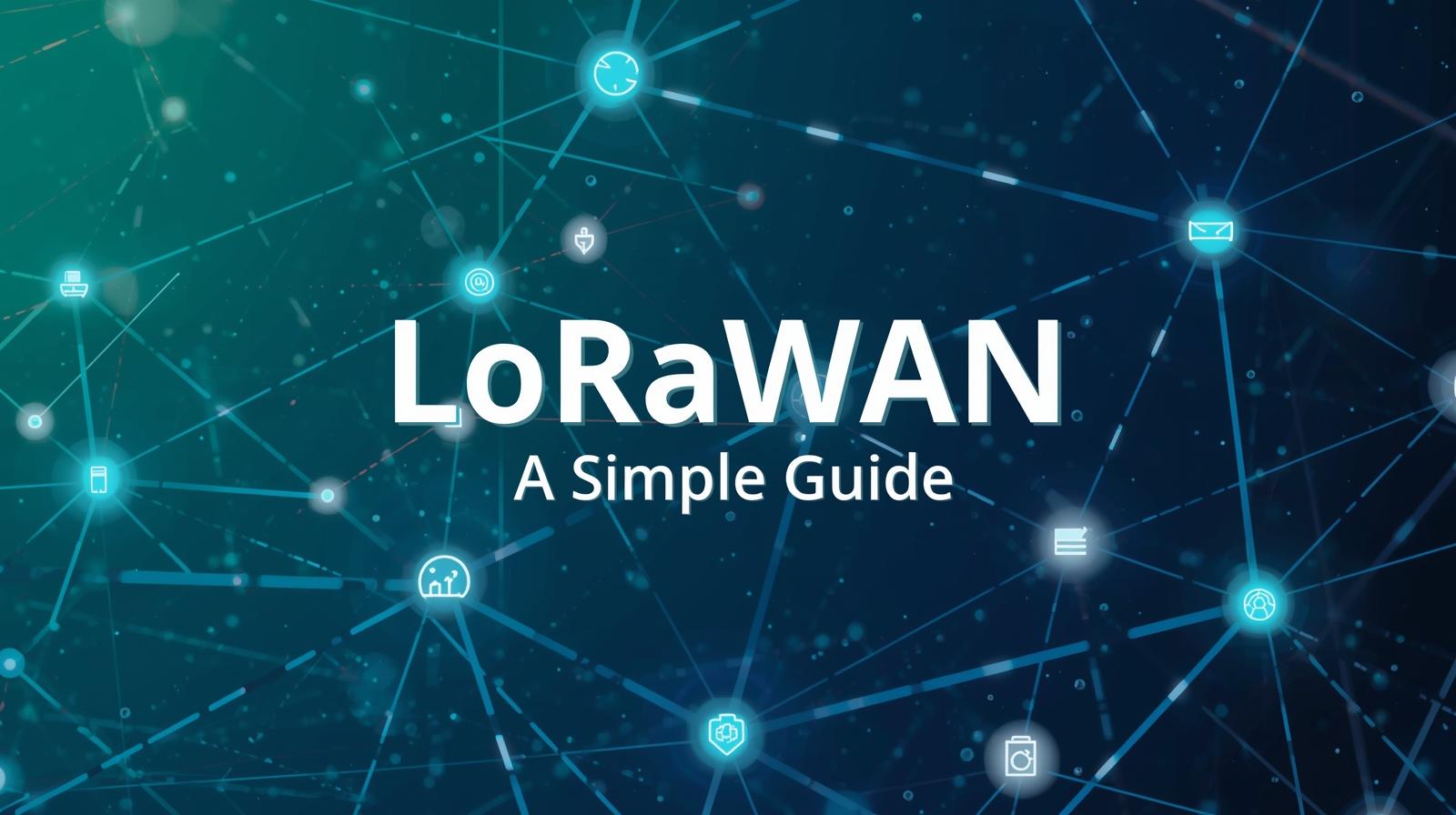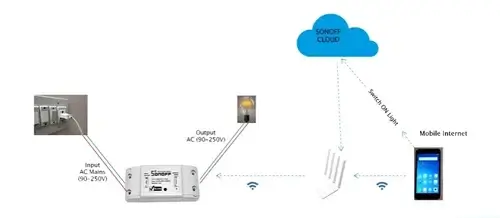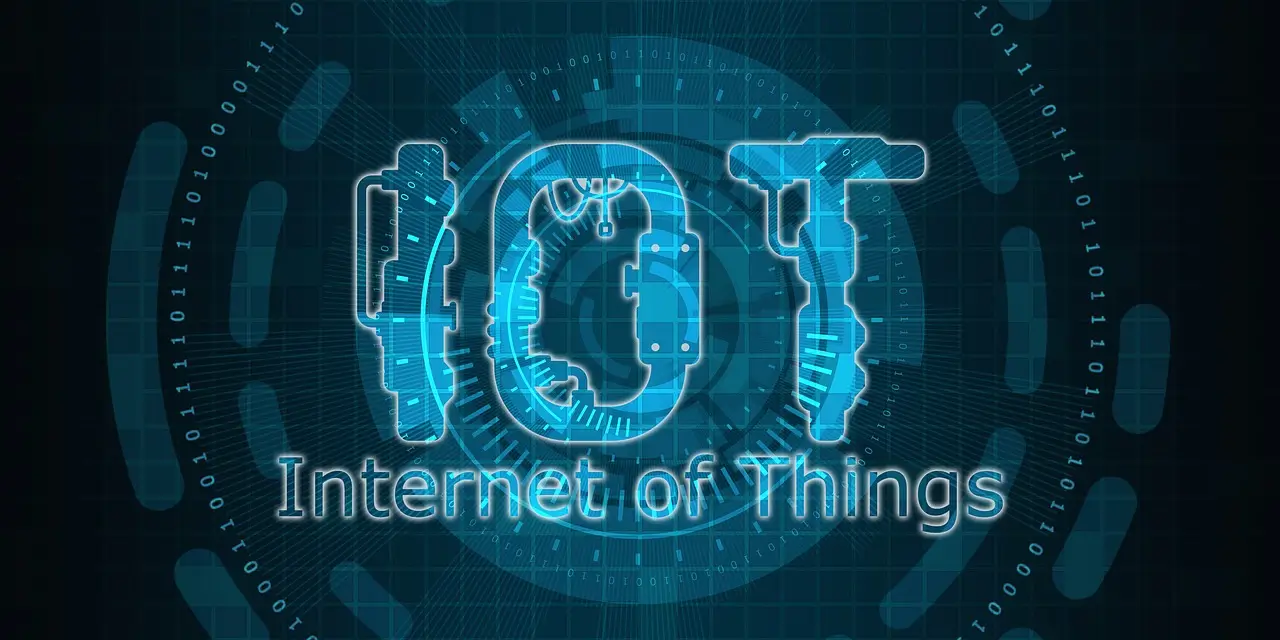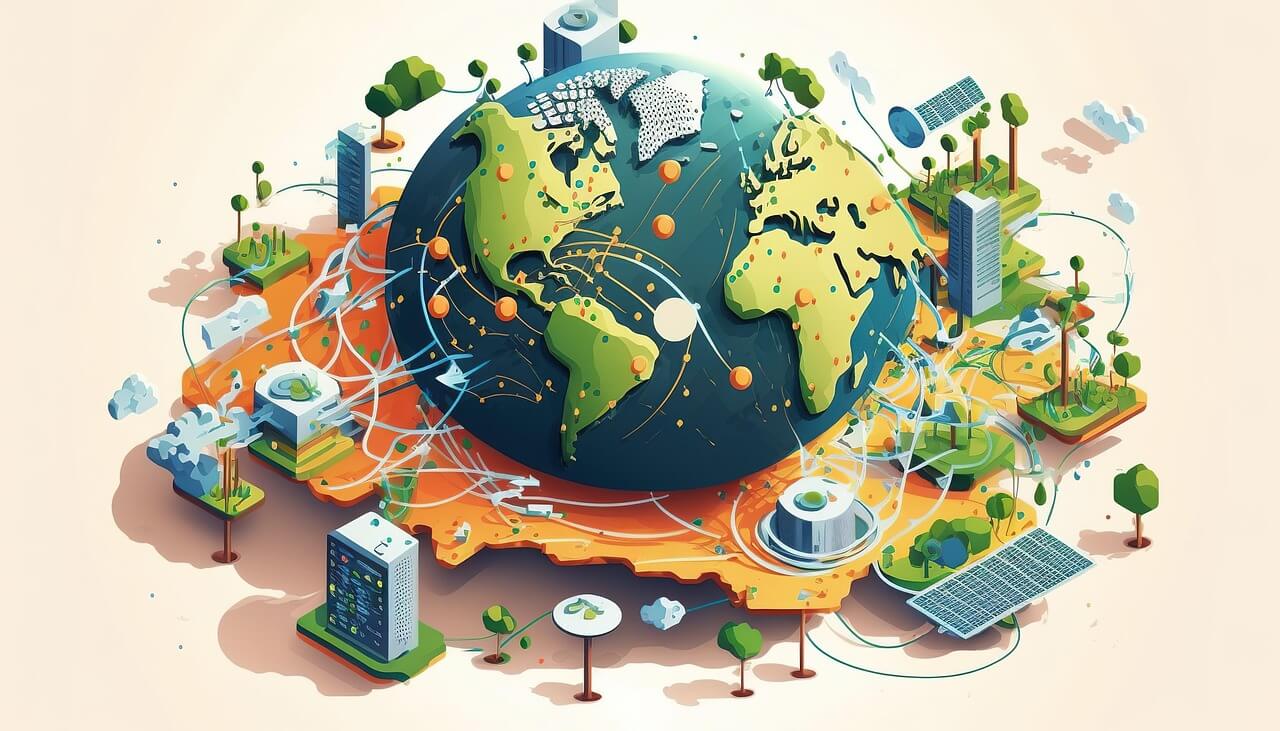Introduction
The Internet of Things (IoT) is growing fast. It connects devices like sensors and trackers to the internet, helping us do things like monitor crops or manage smart cities. But many IoT devices need to send small bits of data over long distances without using much battery. That’s where LoRaWAN comes in—a simple, low-power way to connect devices far apart. In this guide, we’ll explain what LoRaWAN is, how it works, its benefits, limitations, and where it’s used.
What is LoRaWAN?
LoRaWAN stands for Long Range Wide Area Network. It’s a way for IoT devices to talk to each other over long distances using very little power.
- LoRa: This is the technology that sends signals over the air. It uses something called Chirp Spread Spectrum (CSS) to reach far distances.
- LoRaWAN: This is the system that organizes how devices send and receive data securely.
Think of LoRa as the "voice" devices use to send messages, and LoRaWAN as the "rules" for how those messages travel.
Why LoRaWAN Matters for IoT
Other wireless technologies like Wi-Fi, Bluetooth, or cellular (4G/5G) aren’t always great for IoT:
- Wi-Fi: Short range and uses a lot of power.
- Bluetooth: Only works over short distances.
- Cellular: Expensive and needs more battery.
LoRaWAN is different. It can send data up to 15 km in open areas, uses very little battery, and is cheap to set up. This makes it perfect for connecting devices in faraway or rural places.
How LoRaWAN Works
LoRaWAN networks are set up like a "star" where devices connect through a central system. Here are the main parts:
- End Devices (Nodes)
These are the IoT devices, like sensors or trackers, that collect data.
Examples:- Temperature sensors
- Water level monitors
- GPS trackers
- Gateways
Gateways are like middlemen. They pick up signals from devices and send them to the internet. They’re like Wi-Fi routers but for LoRaWAN. - Network Server
This is the brain of the system. It:- Removes repeated messages (if multiple gateways pick up the same signal)
- Keeps data secure with encryption
- Manages how fast devices send data
- Application Server
This is where the data goes to be used. It turns the data into something useful, like a graph on a phone app or a report in a database.
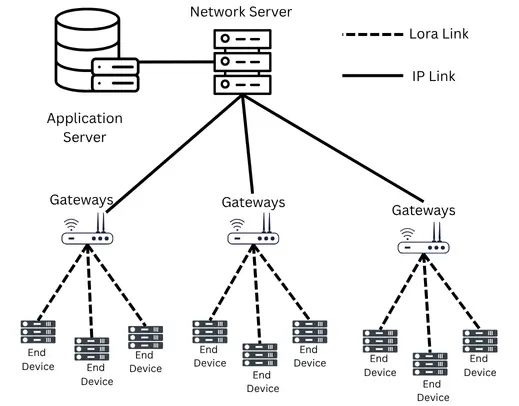
How Data Moves
- A sensor sends data to a gateway using LoRa.
- The gateway sends it to the Network Server over the internet.
- The Network Server sends it to the Application Server.
- The Application Server shows the data on a dashboard or app.
LoRaWAN Device Types
LoRaWAN devices come in three types, depending on how they work and how much power they use:
| Type | What It Does | Best For |
|---|---|---|
| Class A | Sends data, then waits briefly for a reply. Uses the least power. | Battery-powered sensors |
| Class B | Sends and receives data at set times. Uses a bit more power. | Smart lights, utility meters |
| Class C | Always ready to receive data. Uses the most power. | Industrial machines, actuators |
LoRaWAN Frequencies
LoRaWAN uses free radio bands that differ by country:
- Europe: 868 MHz
- USA: 915 MHz
- India: 865–867 MHz
- Asia: 923 MHz
These free bands make LoRaWAN cheap and easy to use.
Why LoRaWAN is Great
- Long Range: Works up to 15 km in open areas, 2–5 km in cities.
- Low Power: Devices can last 5–10 years on one battery.
- Secure: Uses strong AES-128 encryption to keep data safe.
- Scalable: One gateway can connect thousands of devices.
- Two-Way Communication: Devices can send and receive data.
Benefits of LoRaWAN
- ✅ Covers Far Distances: Great for remote areas like farms or forests.
- ✅ Cheap: Uses free radio bands and simple equipment.
- ✅ Long Battery Life: Perfect for sensors that need to run for years.
- ✅ Works with Many Devices: Follows an open standard set by the LoRa Alliance.
- ✅ Flexible: You can set up private or public networks.
Limitations of LoRaWAN
- ⚠️ Low Data Speed: Only good for small data, like sensor readings (not videos).
- ⚠️ Not Instant: Data can take a few seconds to arrive, especially in Class A.
- ⚠️ Limited Sending: Some regions limit how often devices can send data.
- ⚠️ Needs Gateways: You need gateways in the right spots for good coverage.
LoRaWAN vs Other IoT Options
| Feature | LoRaWAN | NB-IoT | Sigfox | Wi-Fi |
|---|---|---|---|---|
| Range | Up to 15 km | 10 km | 10 km | <100 m |
| Power Use | Very low | Low | Very low | High |
| Data Speed | Low | Medium | Low | High |
| Cost | Low | Medium (needs SIM) | Low | Medium |
| Best For | Remote sensors | Industrial IoT | Asset tracking | Smart homes |
LoRaWAN Security
LoRaWAN keeps data safe with two layers of protection:
- Network Key (NwkSKey): Makes sure messages aren’t tampered with.
- Application Key (AppSKey): Keeps the data private between the device and the app.
This makes LoRaWAN safe for important uses like smart cities or healthcare.
Popular LoRaWAN Networks
- The Things Network (TTN): A free, global community network.
- ChirpStack: Free software to build your own LoRaWAN network.
- Helium Network: A blockchain-powered network where users share gateways.
- Kerlink, Senet, Loriot: Paid services for businesses.
Where LoRaWAN is Used
🌾 Smart Farming
- Monitors soil moisture or weather.
- Tracks livestock.
- Controls irrigation systems.
🏙️ Smart Cities
- Manages trash bins (tells when they’re full).
- Controls streetlights.
- Checks air quality.
🏭 Industry
- Watches machine health.
- Tracks energy use.
- Monitors equipment locations.
🚗 Transportation
- Tracks trucks or shipments.
- Monitors cold storage for food or medicine.
- Manages parking spaces.
🏠 Smart Homes
- Tracks energy use.
- Detects water leaks.
- Runs security sensors.
The Future of LoRaWAN
By 2025 and beyond, LoRaWAN will grow even more. New ideas like satellite-based LoRaWAN, AI to analyze data, and combining LoRaWAN with 5G will make it even better for connecting remote areas and industries.
Conclusion
LoRaWAN is a game-changer for IoT. It’s simple, affordable, and works over long distances with low power. Whether it’s helping farmers, making cities smarter, or tracking shipments, LoRaWAN is connecting the world in exciting ways. As IoT grows, LoRaWAN will keep making life easier and smarter for everyone.
